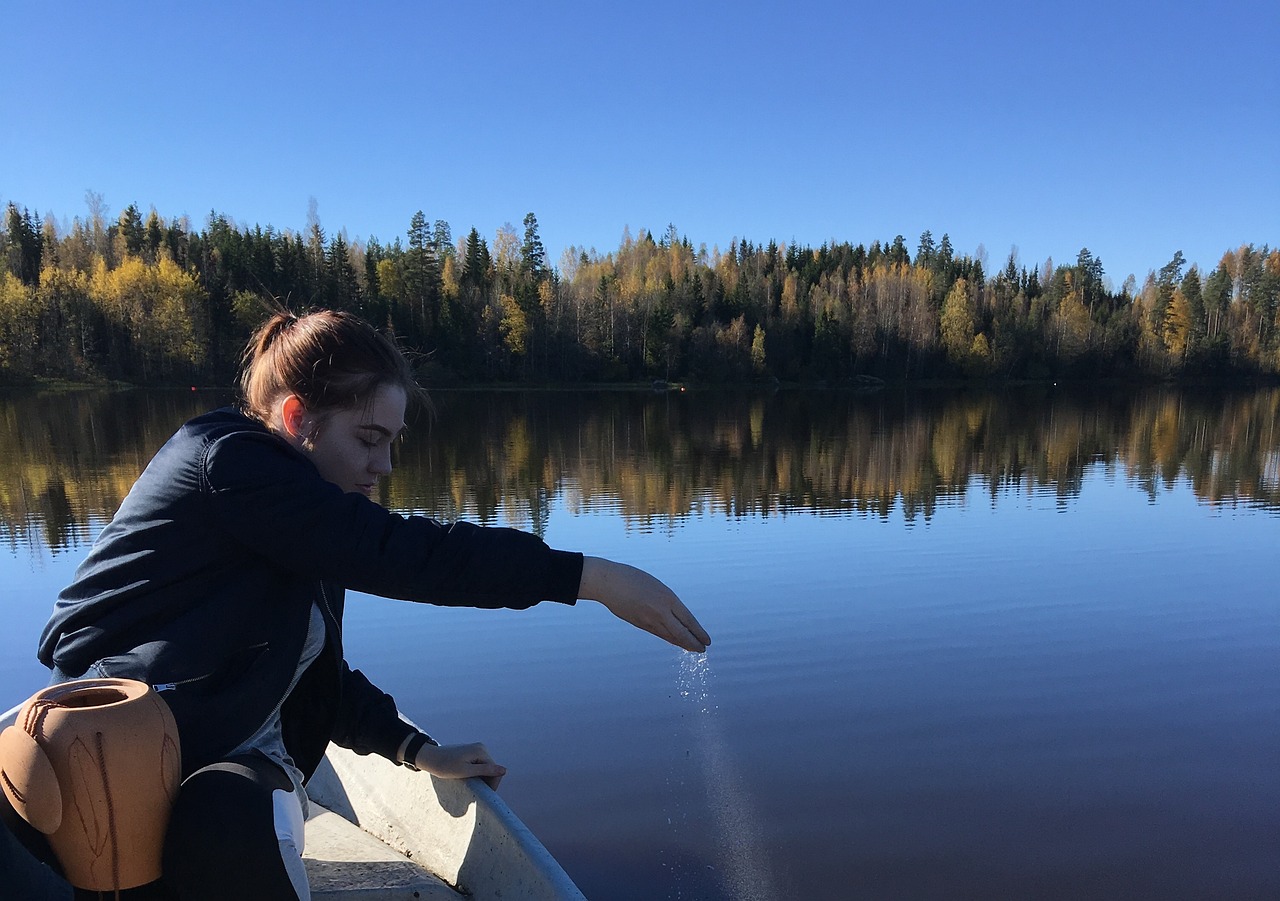In recent years, cremation has emerged as a popular funeral choice in Australia. This option is relatively affordable and gives the deceased a dignified farewell. Understanding the intricacies of a cremation ceremony is crucial for families navigating this challenging time. From the initial stages of planning to the final disposition of ashes, each aspect of the process carries profound significance and symbolism.
For many, cremation ceremonies stand as poignant rites of passage, serving as a pivotal part of the grieving process for families and friends. Unlike traditional burials, cremation offers a diverse range of options for memorialization, allowing individuals to craft ceremonies that honour the unique lives and legacies of their departed loved ones.
This comprehensive guide aims to shed light on the rituals, traditions, and practical considerations involved in cremation ceremonies in Australia.
The Ceremony
Cremation ceremonies typically start with a gathering of family and friends at a designated location, such as a funeral home, chapel, or crematorium. The atmosphere is typically solemn, providing a space for attendees to pay their respects and offer solace to grieving family members.
Depending on cultural and religious customs, the ceremony may include prayers, hymns, readings, and eulogies delivered by loved ones. These tributes serve to celebrate the life of the departed and offer comfort to those in mourning.
Cultural and Religious Traditions
Australia’s multicultural landscape encompasses a rich tapestry of cultural and religious traditions, each contributing unique elements to cremation ceremonies. For instance, Hindu cremations often involve elaborate rituals such as bathing the body, adorning it with flowers, and chanting sacred mantras before the cremation process commences.
Similarly, Buddhist ceremonies may incorporate the chanting of sutras and the offering of incense and food to honour the deceased. These customs reflect deeply held beliefs about death, rebirth, and the journey of the soul.
The Cremation Process
The deceased is placed into a pre-selected coffin or casket before the ceremony begins. Before passing into the cremator the name plate is removed and placed into a special holder. The coffin or casket is then moved into the cremator and is cremated. Inside the chamber, temperatures soar to between 1400 and 1800 degrees Fahrenheit, gradually reducing the body to bone fragments.
Once the cremation process is complete, all remains are collected and placed into a cooling chamber. The cooled remains are then milled down into a dust and placed in an urn which is given to the deceased’s loved ones.
Memorialization Options
After cremation, families are presented with a myriad of options for memorializing their loved ones. Some opt to scatter the ashes in a location of significance, such as a cherished park or beach, allowing the departed to become part of the natural world.
Others choose to bury the ashes in a cemetery plot or place them in a memorial site at the crematorium, providing a permanent resting place for remembrance. Additionally, many families keep the ashes in a decorative urn, enabling them to be displayed in the home or passed down through generations as treasured heirlooms.
Personalization and Customization
Families have the freedom to tailor the ceremony to reflect the individuality and unique preferences of the departed. This may involve selecting music, readings, and symbolic gestures that hold special meaning for the family. Some families choose to incorporate rituals or traditions that honour the cultural or religious heritage of the deceased, creating a deeply meaningful and resonant experience for all involved.
Items to Leave with the Deceased
In some instances, families may elect to include personal items or mementoes with the deceased before cremation. These items may hold sentimental value and serve as a tangible connection to the departed. Photographs, letters, jewellery, and cherished possessions are among the items commonly placed alongside the deceased. While there are restrictions on what can be cremated due to safety and environmental concerns, funeral directors can offer guidance on suitable options for inclusion.
Environmental Considerations
As awareness of environmental sustainability continues to grow, many families are exploring eco-friendly alternatives for cremation ceremonies. Biodegradable urns, crafted from materials such as recycled paper or natural fibres offer a sustainable option for those seeking to minimize their ecological footprint.
These urns gradually break down over time, returning the ashes to the earth in a process that mirrors the cycle of life and renewal. Additionally, some crematoriums have implemented carbon offset programs to mitigate the environmental impact of cremation, further supporting eco-conscious practices.
Support Services
In addition to the ceremonial aspects of cremation, families often benefit from access to support services to assist them in coping with grief and loss. Many funeral homes and crematoriums offer counselling services or referrals to grief support groups, providing a compassionate and understanding environment for those navigating the complexities of mourning. These resources serve to empower families to process their emotions and find comfort during profound loss.
Legal and Practical Considerations
Before arranging a cremation ceremony, families should be mindful of any legal and practical considerations that may arise. This includes obtaining the necessary permits and documentation, as well as making decisions regarding the handling of the ashes and associated costs. Funeral directors play a vital role in guiding families through these logistical details, ensuring that the process unfolds smoothly and in accordance with their wishes.
Get in Touch
If you would like to know more about our cremation services then you are free to get in touch with the team at Family Funerals. We will be happy to help you however we can with any funeral-related issue and our team looks forward to hearing from you.


